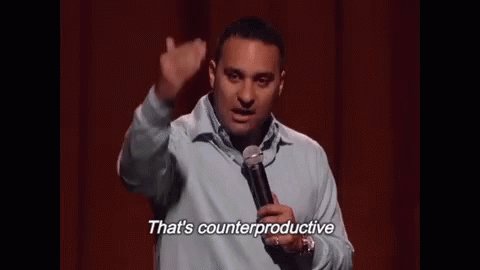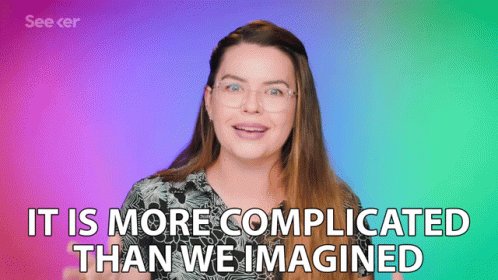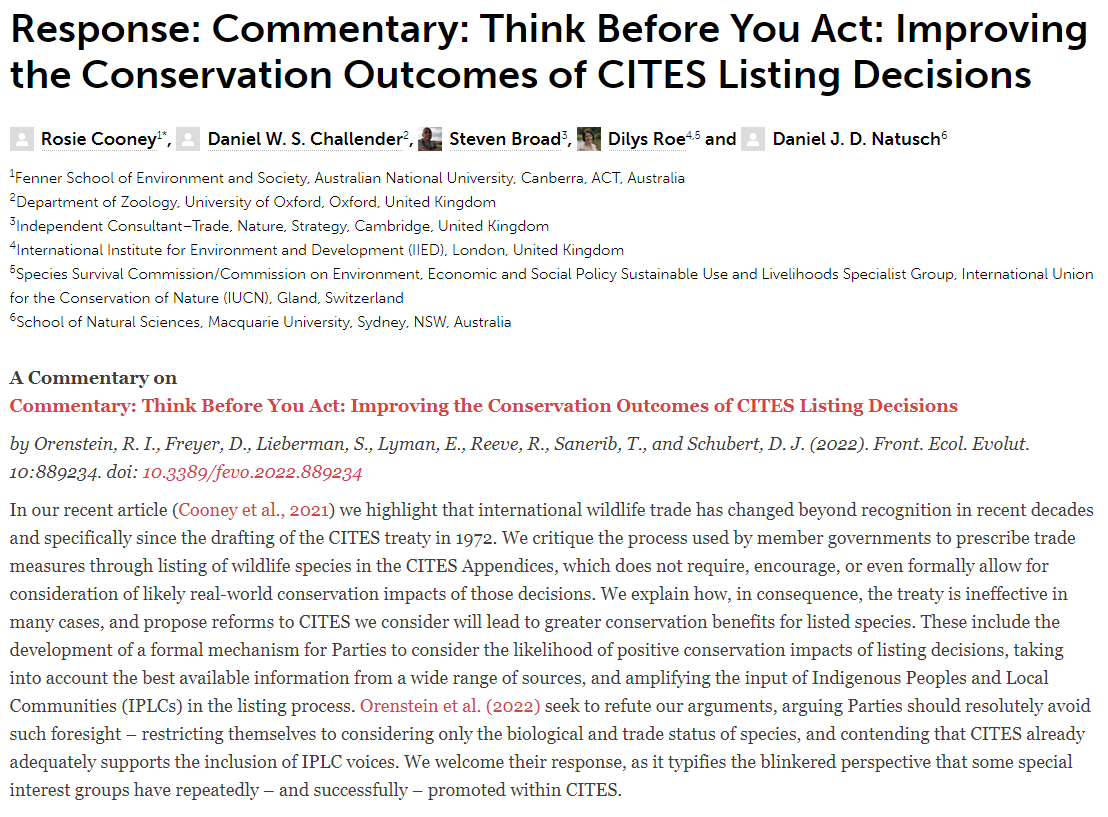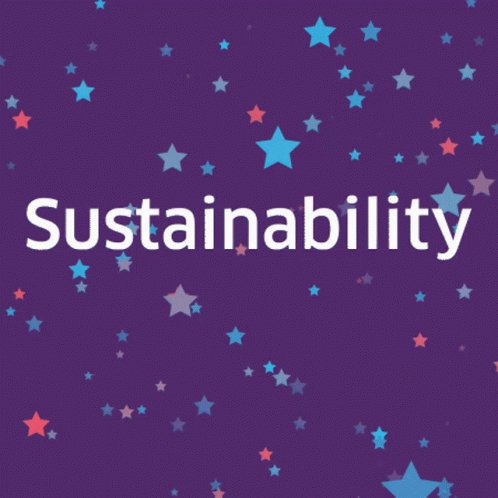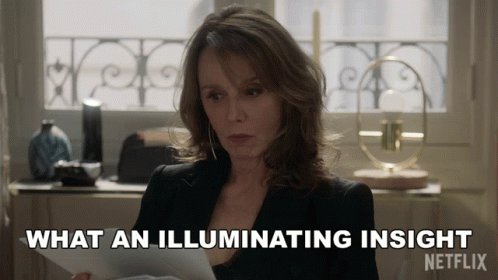Thread by Dan Challender
- Tweet
- Jun 23, 2022
- #DecisionMaking #NaturalScience
Thread
📢New paper on decision-making in #CITES (www.frontiersin.org/articles/10.3389/fevo.2022.946283/full). A 🧵. In 2021, we published a paper (www.frontiersin.org/articles/10.3389/fevo.2021.631556/full) highlighting that listing decisions in #CITES are based on simplistic biological + trade criteria and don’t relate to the impact of the decision.
We explain that conservation failures flow from this weakness. For example, bans in #CITES may be counter-productive and undermine existing and successful management of species.
Wildlife trade takes place within complex social-ecological systems and listing decisions should explicitly consider such complexity (e.g., socio-economic factors).
Our proposed reforms include (1) the development of a formal mechanism for Parties to consider the conservation impacts of listing decisions (e.g., using Theories of Change).
(2) Listing decisions should consider all relevant scientific information, including from the social and economic sciences, to help understand the likely impact of these decisions.
(3) The rural communities who live with wildlife should have a much stronger and formally supported voice in listing decisions. This is a critical ingredient for successful conservation.
We received a response (www.frontiersin.org/articles/10.3389/fevo.2022.889234/full). Orenstein et al. argue, inter alia, that including socio-economic factors in listing decisions would “disrupt the scientific basis of the listing process” and not address economic inequalities in wildlife trade.
Orenstein also argue that including socio-economic factors in listing decisions would make it harder to include commercially valuable species in CITES.
In our new paper (www.frontiersin.org/articles/10.3389/fevo.2022.946283/full), we rebut these arguments and re-emphasize the need for listing decisions to include insights from economic analyses and social science and consider law enforcement capabilities and costs, and likely harvest and trade dynamics.
We appreciate Orenstein et al.’s desire for greater equity between actors in wildlife trade chains but this could best be achieved by including economic + social information in listing decisions and with greater input from indigenous peoples and local communities.
We also argue that information on the drivers and dynamics of trade can enable decision-makers to grapple more effectively with barriers that can hinder the effectiveness of CITES e.g., the responses of powerful economic players.
It is now well recognised that achieving sustainability of wildlife harvest and trade depends on the interaction of various biological, social, economic, and governance factors.
To ignore such evidence in listing decisions is to overlook critical insights that could benefit species conservation and/or risks that could undermine conservation and is irresponsible.
In summary, wildlife trade is complex, and CITES listing decisions should embrace the interdisciplinary nature of contemporary conservation science and not the science of the 1970s.
Mentions
See All
Dr. Jonathan Kolby @MyFrogCroaked
·
Jun 23, 2022
Developing effective mechanisms to regulate #WildlifeTrade is much more complex than simply expanding the list of @CITES species, but people still often consider this a measure of "success." Many more factors & voices should be considered. Thoughtful thread & commentary⬇️ #nature

